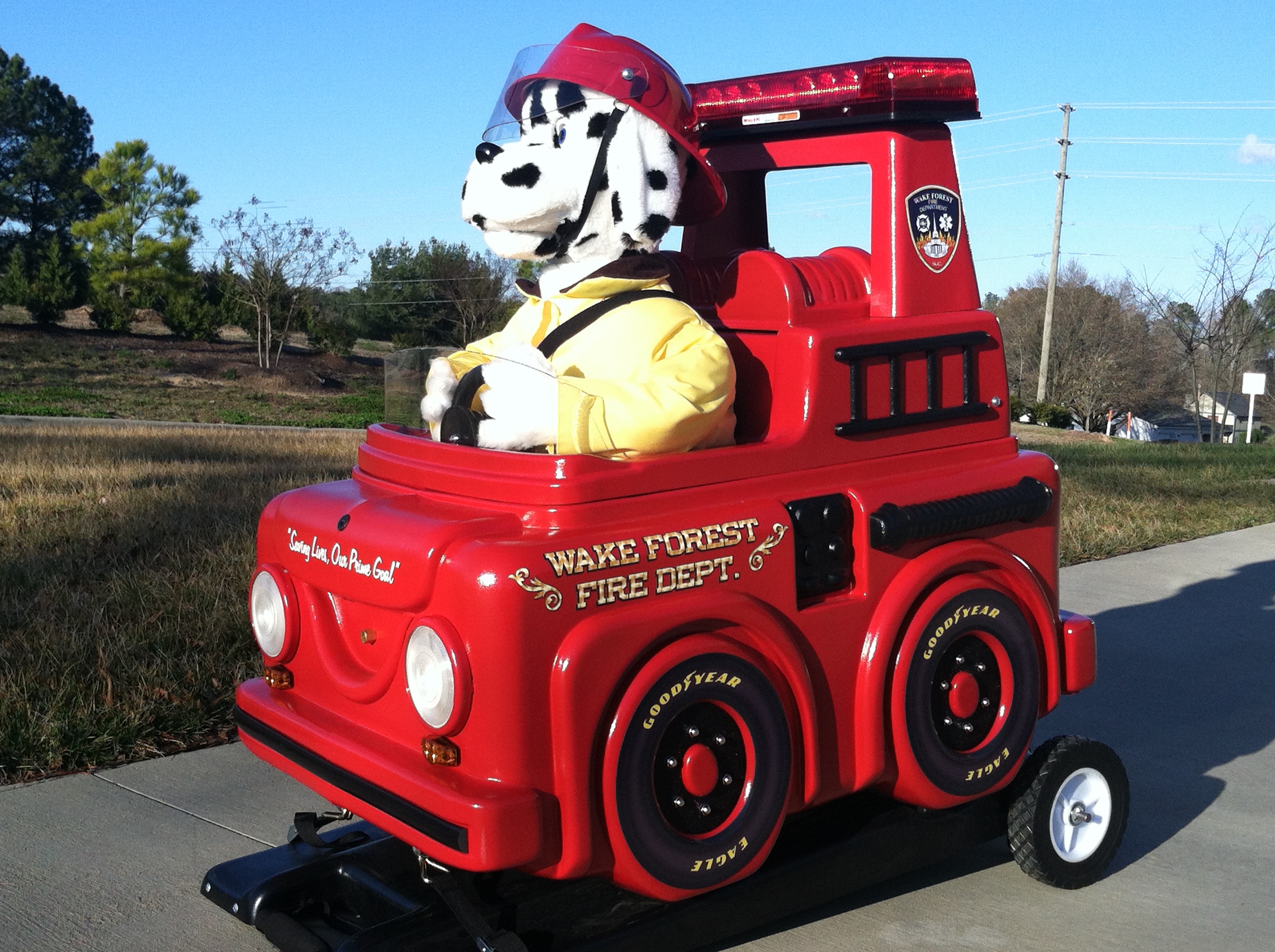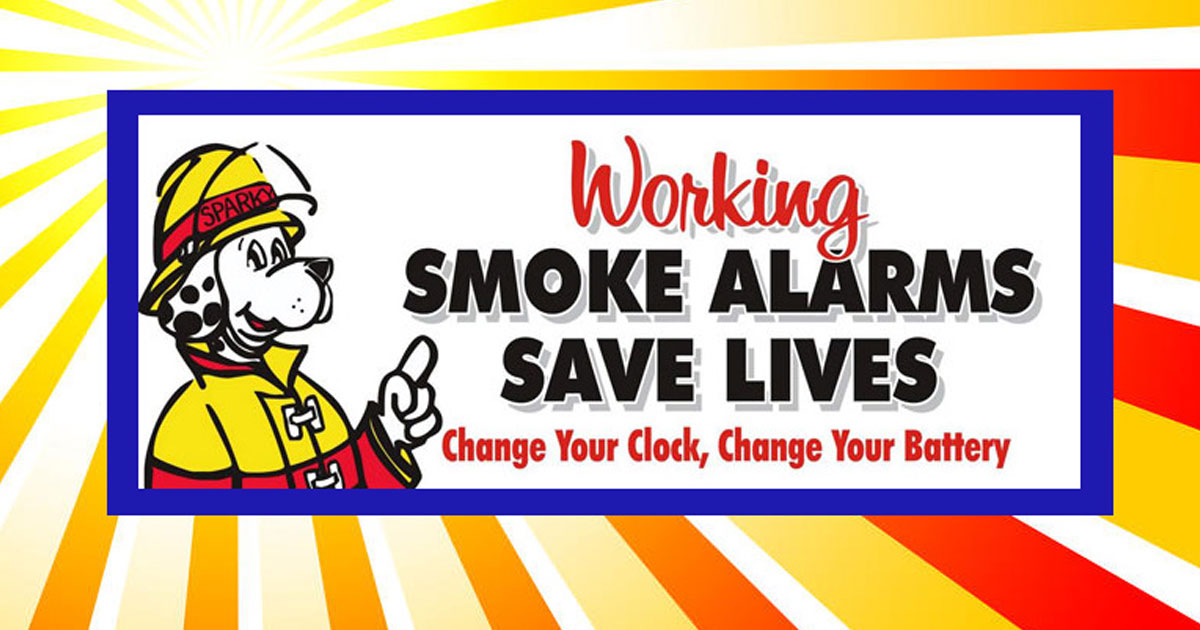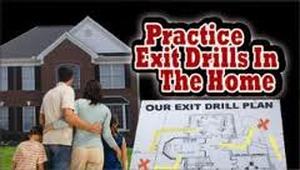Fire Prevention & Public Education
However, fire prevention is not limited to children only. Many adults do not practice proper fire safety! That's why we also offer fire prevention to adults through simple question and answer sessions and hands-on demonstrations.
Please submit a request below to schedule a visit to the firehouse, to have WFFD come and teach fire prevention, or if you have any questions about fire safety!
Videos
WFFD Fire Prevention Tools
 Sparky Car
Sparky Car
This remote controlled Sparky Car teaches children of all ages fire prevention through songs, audio and visual instructions, and the ability to spray water like a real fire truck.! The WFFD received this car through a fire prevention grant from Wells Fargo as well as a private donation. The Sparky Car is used in most large group fire prevention events.
Puppet Show
Fireman Frank and friends is a fan favorite among pre-school aged children to learn about fire prevention. Fireman Frank and his friends teach the topics of safely crawling through smoke, calling 911, not playing with matches, and how to stop, drop, and roll. This 20 minute show is full of songs, instruction, and audience interaction and is sure to leave children and adults singing its catchy tunes about fire prevention!
 Fire Prevention Tips
Fire Prevention Tips
Change Your Clock, Change Your Battery
Twice a year - when Daylight Saving Time begins and ends, you should change the batteries in you smoke detectors. This will ensure that your smoke detector is always ready when you need it! Early detection of fire SAVES LIVES!
Cooking Safety
The leading cause of residential fires each year in the United States is cooking. Most of these fires are caused by unattended cooking. When cooking, be sure to always follow these rules:
Stay in the kitchen when you are frying, grilling, or broiling foods. If you leave the kitchen for a short time, turn off the stove.
If you are simmering, baking, boiling, or roasting food, check it regularly, remain in your home while cooking, and use a timer.
Stay alert! Safe cooking requires you to stay alert at all times. You shouldn't cook if you are sleepy, had too much to drink, or drowsy from medications.
Keep anything that can catch fire (ie: potholders, towels, paper or plastic bags, food packaging, or utensils) away from the stove top.
Keep the stovetop, burners, and oven clean.
Avoid loose clothing as they can catch fire.
Grill Safety
Keep grills away from decks, siding, overhangs, and out from under eaves.
Never leave a grill unattended.
Clean grease and buildup from the grill periodically.
When using propane grills, always start the grill with the lid open. If you smell gas, stop and turn the bottle off.
Never use inside! Grills should never be used as a heating device!
How And When To Fight Cooking Fires
When in doubt, simply get out! When you leave, close the door behind you to contain the fire. Call 911 immediately.
If a small grease fire starts, cover the pan with a lid. NEVER use water to fight grease fires. If the fire gets too large, get out of the house. Do not move the pan or try to take it out of the kitchen as this may cause the fire to spread through the house.
In case of an oven fire, keep the door shut and turn off the heat.
In case of a microwave fire, keep the door shut and turn the unit off. Do not open the door until the fire is completely out
Candle Safety
Candles may be pretty to look at but they are a cause of home fires — and home fire deaths. Remember, a candle is an open flame, which means that it can easily ignite anything that can burn. Be sure to always follow these tips:
Handle with care
Blow out all candles when you leave the room or go to bed. Avoid the use of candles in the bedroom and other areas where people may fall asleep.
Keep candles at least 12 inches away from anything that can burn.
Think about using flameless candles in your home. They look and smell like real candles.
If you do burn candles, make sure that you...
Use candle holders that are sturdy, and won’t tip over easily.
Put candle holders on a sturdy, uncluttered surface.
Light candles carefully. Keep your hair and any loose clothing away from the flame.
Don’t burn a candle all the way down — put it out before it gets too close to the holder or container.
Never use a candle if oxygen is used in the home.
Have flashlights and battery-powered lighting ready to use during a power outage. Never use candles.
Fireplace & Wood Stove Safety
Open burning inside the home to provide heat can be dangerous if one doesn't follow proper fire safety measures. To learn about these proper prevention techniques, view these fireplace and wood stove safety tips by the Home Advisor network.
Exit Drills In The Home
Exit Drills In The Home, or E.D.I.T.H, can help people to prepare for an emergency. Most home fires begin between midnight and 6 a.m. This is a time when most people are least prepared.
In the middle of the night, fire can be a disaster if you and your family are not familiar with how to escape during an emergency. So, to protect yourself and your family, remember these tips:
Prepare a fire escape plan.
Install and maintain smoke detectors.
Practice exit drills in the home regularly.
Examine your home for fire hazards and take steps to prevent a fire before it occurs.
How To Design a Fire Escape Plan
Planning ahead provides numerous benefits. Advanced planning will ensure that you are ready for any fire emergency and can provide you and your loved ones peace of mind.
To design your own fire escape plan, sketch the floor plan of your home on a piece of paper. Indicate on the plan all doors, windows and other areas from which you could escape from each room in your home. Draw arrows to indicate the normal exits which would be your primary escape route. With an alternate color, draw arrows to indicate a secondary exit from each room in the home.
Your fire escape plan may look great on paper, but does it really work? Regular exit drills in the home will allow you to test the plan and make adjustments as needed. When practicing your exit drills in the home, remember to use alternate escape routes as well. Children should be closely supervised during drills in the home and no one should take unnecessary chances. Remember -
PRACTICE, PRACTICE, PRACTICE!

